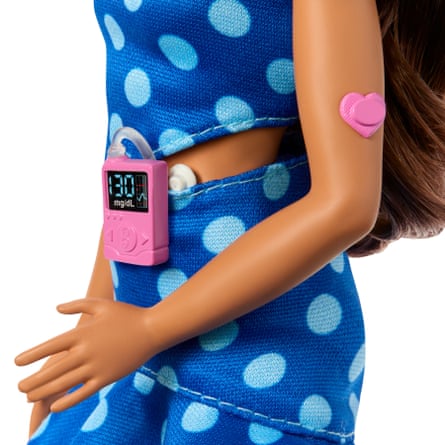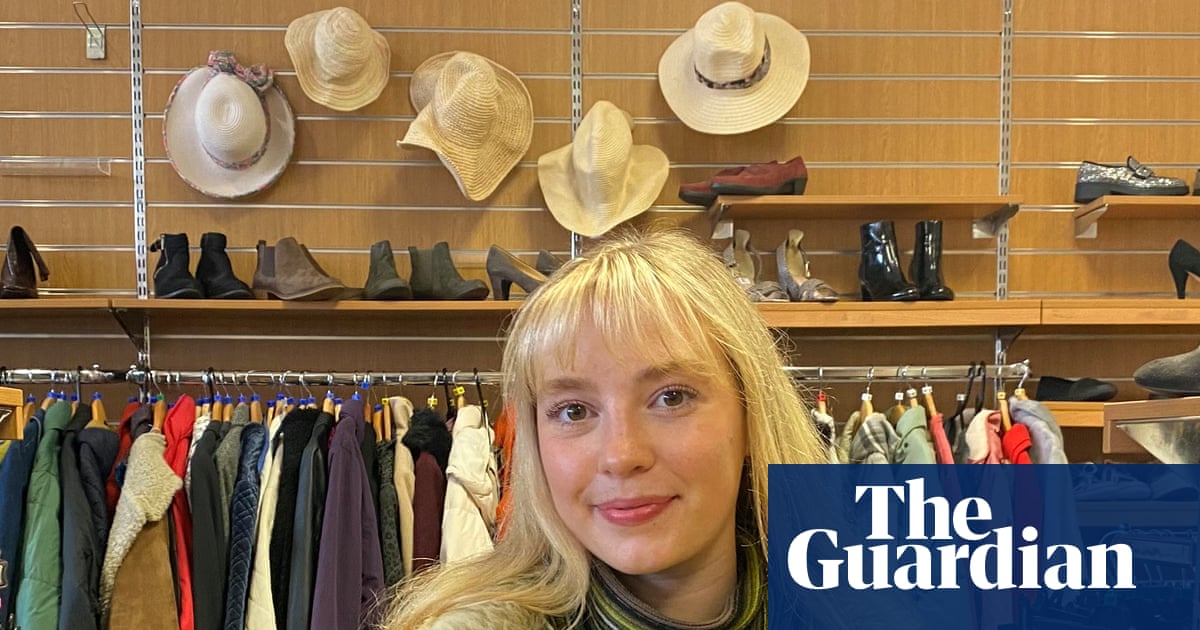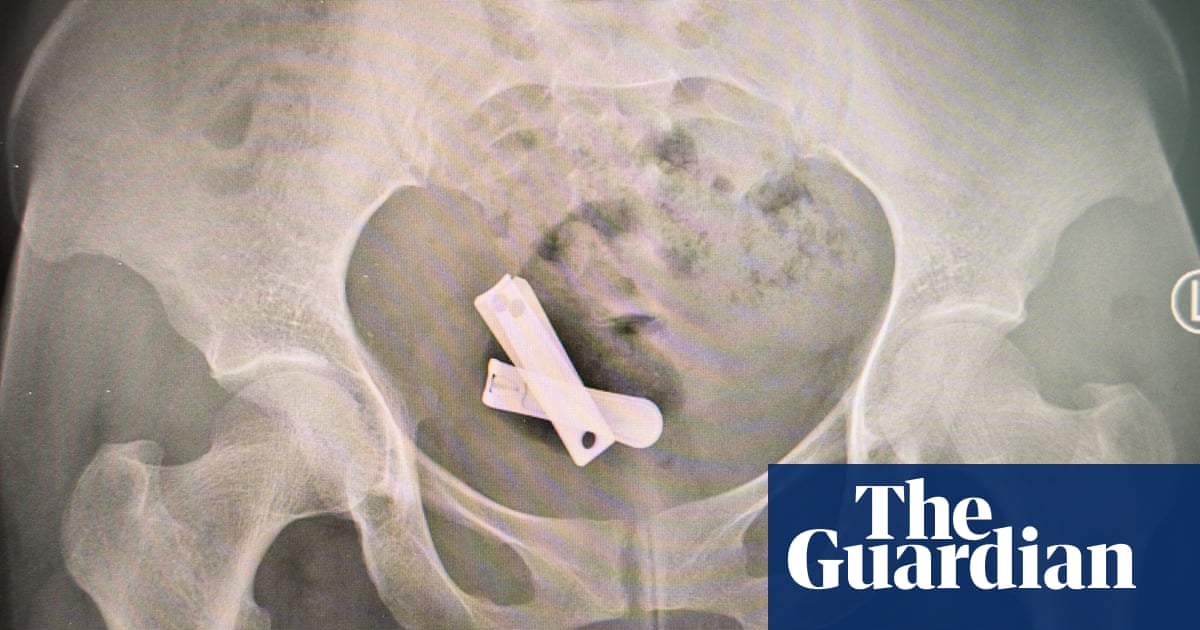In Greta Gerwig’s Barbie movie, Barbieland is a haven of equality and diversity. But although the dolls have been around since 1959, it was only in 2019 that the manufacturer, Mattel, started selling Barbies with physical disabilities.
Mattel has now launched its first Barbie doll with type 1 diabetes, the latest addition to a range it says has been designed “to enable more children to see themselves reflected and encourage doll play that extends beyond a child’s lived experience”.

Type 1 diabetes is an autoimmune condition where the body attacks and destroys the cells in the pancreas that make insulin. It is often diagnosed in childhood, and patients have to monitor their glucose levels and take insulin every day.
The new Barbie has been designed in partnership with the global type 1 diabetes not-for-profit Breakthrough T1D. The doll wears a continuous glucose monitor (CGM) on her arm to help manage her condition, and to keep it in place she uses (Barbie pink) heart-shaped medical tape. Barbie also carries a mobile phone with a CGM app to help track her blood sugar levels throughout the day.
The doll wears an insulin pump, providing Barbie with automated insulin dosing as needed, and holds a bag big enough for any essentials such as snacks that she might need while out and about.
Announcing the new doll, Krista Berger, senior vice-president of Barbie and global head of dolls, said it marked “an important step in our commitment to inclusivity and representation”.
“Barbie helps shape children’s early perceptions of the world, and by reflecting medical conditions like T1D, we ensure more kids can see themselves in the stories they imagine and the dolls they love.”
Karen Addington, CEO of Breakthrough T1D UK, said: “I’m absolutely thrilled that Barbie now includes a doll with type 1 diabetes. For children with T1D who don’t often see themselves represented, this doll will be a powerful role model, celebrating their strength and bringing recognition, inclusion, and joy to their play.”
The first black Barbie dolls were introduced in the 60s and hispanic dolls in the 80s, while many dolls in careers under-represented by women were added in the 90s and 00s. Until six years ago, there were no Barbies with disabilities.
Today there are more than 175 different Barbie looks in the fashionistas range, with various skin tones, eye colours, hair colours and textures, body types and disabilities. They include a blind Barbie, a black Barbie with Down’s syndrome, dolls with hearing aids, prosthetic limbs and wheelchairs, and a Barbie with vitiligo.
Barbie is not the only brand to focus on diversity. Lottie has dolls with Down’s syndrome and autism, while Lego sells a variety of minifigures with physical and non-visible disabilities.
Responding to the announcement, Arjun Panesar, founding chief executive of diabetes.co.uk, said: “Representation matters – especially in childhood. Seeing a Barbie doll with type 1 diabetes helps normalise the condition, reduce stigma and show children that they are not alone.
“It’s a positive step forward in building confidence, inclusion and understanding around living with diabetes.”

 3 months ago
66
3 months ago
66

















































